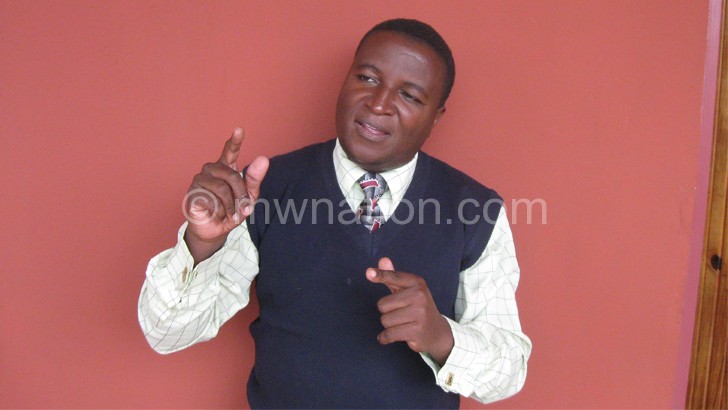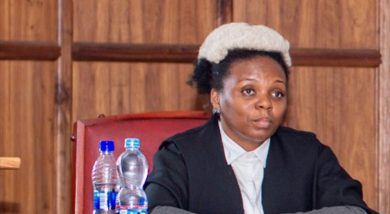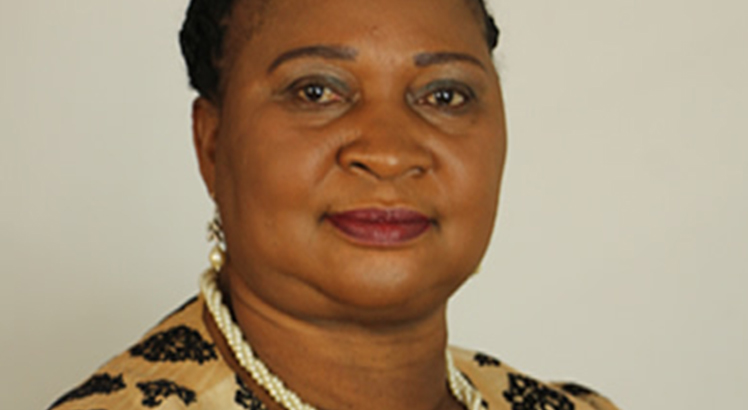Balaka to embark on leprosy sensitization
Balaka District Hospital will from next month embark on a campaign to sensitise communities to signs, prevention and dangers of leprosy.
This comes in the wake of the district registering highest number of people affected by the disease in the country.

Currently, nine of the 24 people confirmed receiving treatment at Utale II Health Centre are from Balaka.
Zomba is second, with seven people while Machinga is third, with six people whereas one comes from Salima and another from Phalombe.
Balaka District Hospital public relations officer, Mercy Nyirenda, disclosed during the week that the hospital will from this month start campaigns to educate people on signs of leprosy and how they can access help.
“People of Balaka have an advantage over others because they have adequate information as regards leprosy and they also use the leprosy village at Utale. This is why most people at the facility are from Balaka,” said Nyirenda.
She, however, lamented myths that surround disease, which she said delay patients to access medical attention, hence the need for a sensitisation campaign.
She said Balaka District Hospital is writing other districts such as Zomba and been affected by the disease.
Can the disease be cured?
Matteus Mafunga, who has handled many lepers at Utale II Health Centre for years, disclosed that lack of leprosy specialists poses the danger of people receiving treatment late, thereby risking deaths.
“Leprosy is curable if one is diagnosed and treated in time. Many people are treated for other things other than leprosy because its symptoms are similar to those of other diseases. Signs such as eyes and skin usually attract eye and skin specialists who prescribe medications that lessen the signs, but not cure leprosy,” he said.
Types of the disease
There are two types of leprosy—Paucibacillary and Multibacillary—and according to Mafunga, treatment is based on the type leprosy.
“Paucibacillary is the type where numb skin patches present are less than five and a person with this type is required to be on medication for six months.
“With Multibacillary, skin patches exceed five and treatment is required for 12 or more months. Only leprosy specialists can link the skin patches to the disease in time and prescribe the right medication,” he said.
Ministry of Health acting spokes person Adrian Chikumbe confirmed that the country has a few leprosy specialists, but he did not disclose the figure.
“It is true that medical doctors specialising in leprosy are a few, but going forward there’s need to train more doctors who can speacialise in leprosy,” he said.





